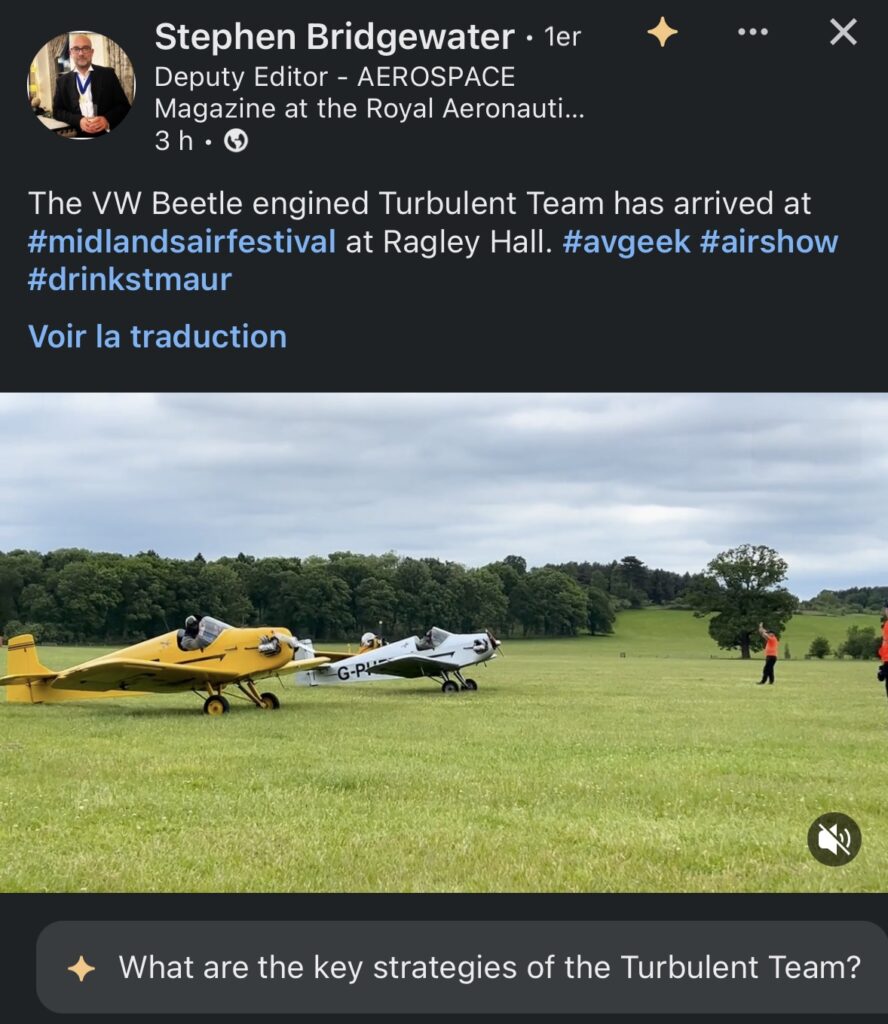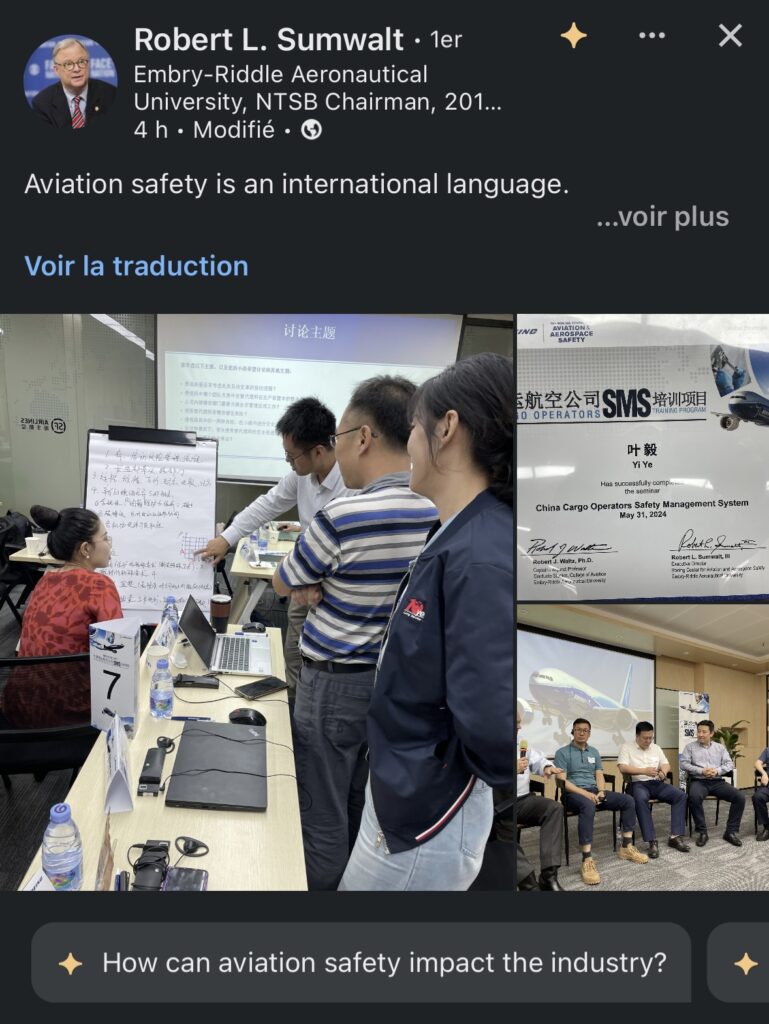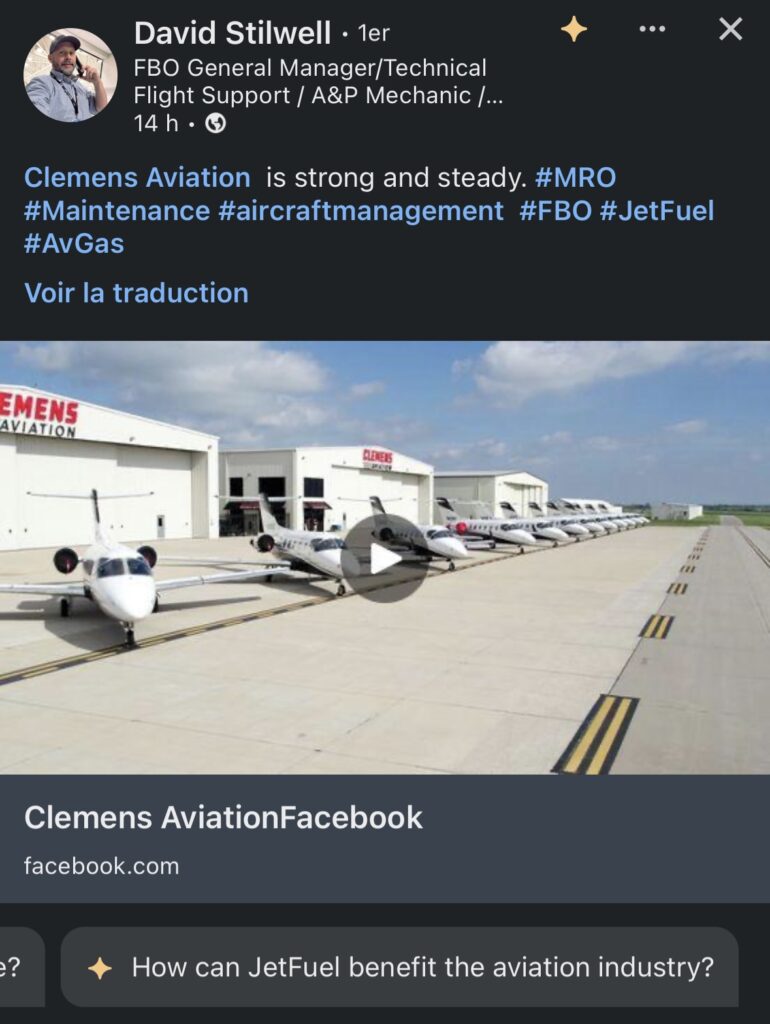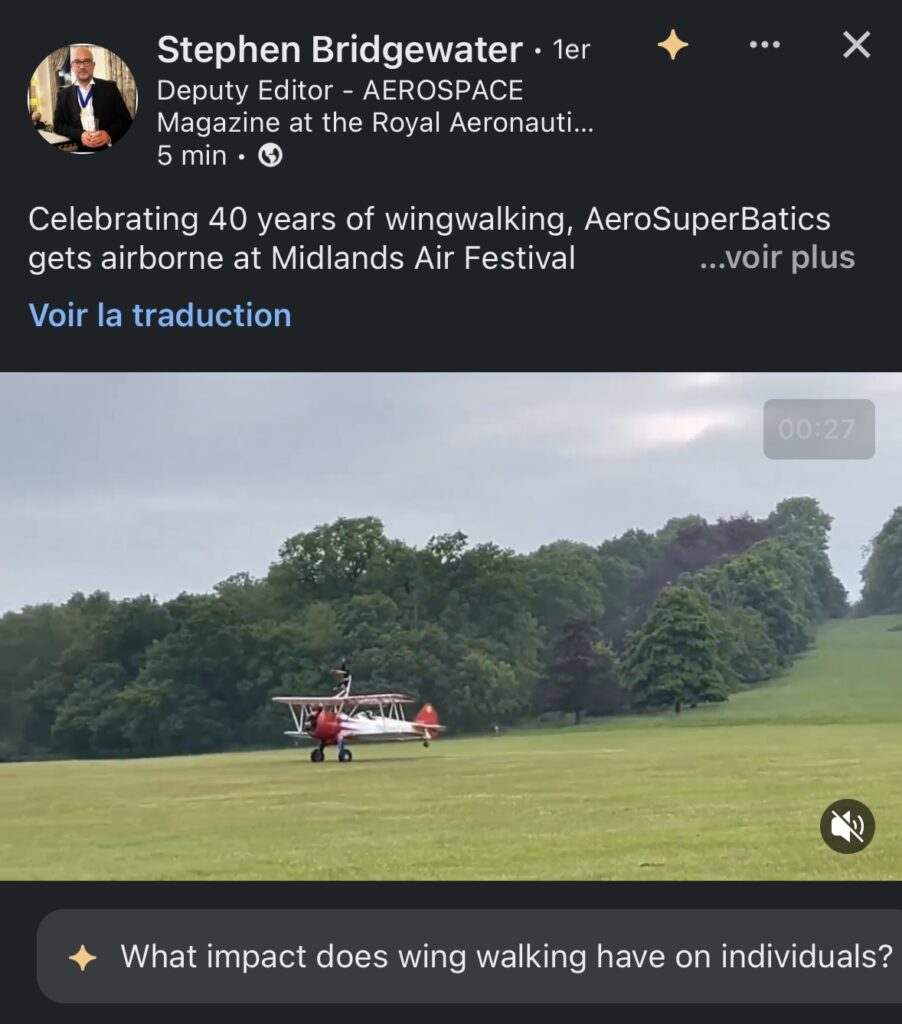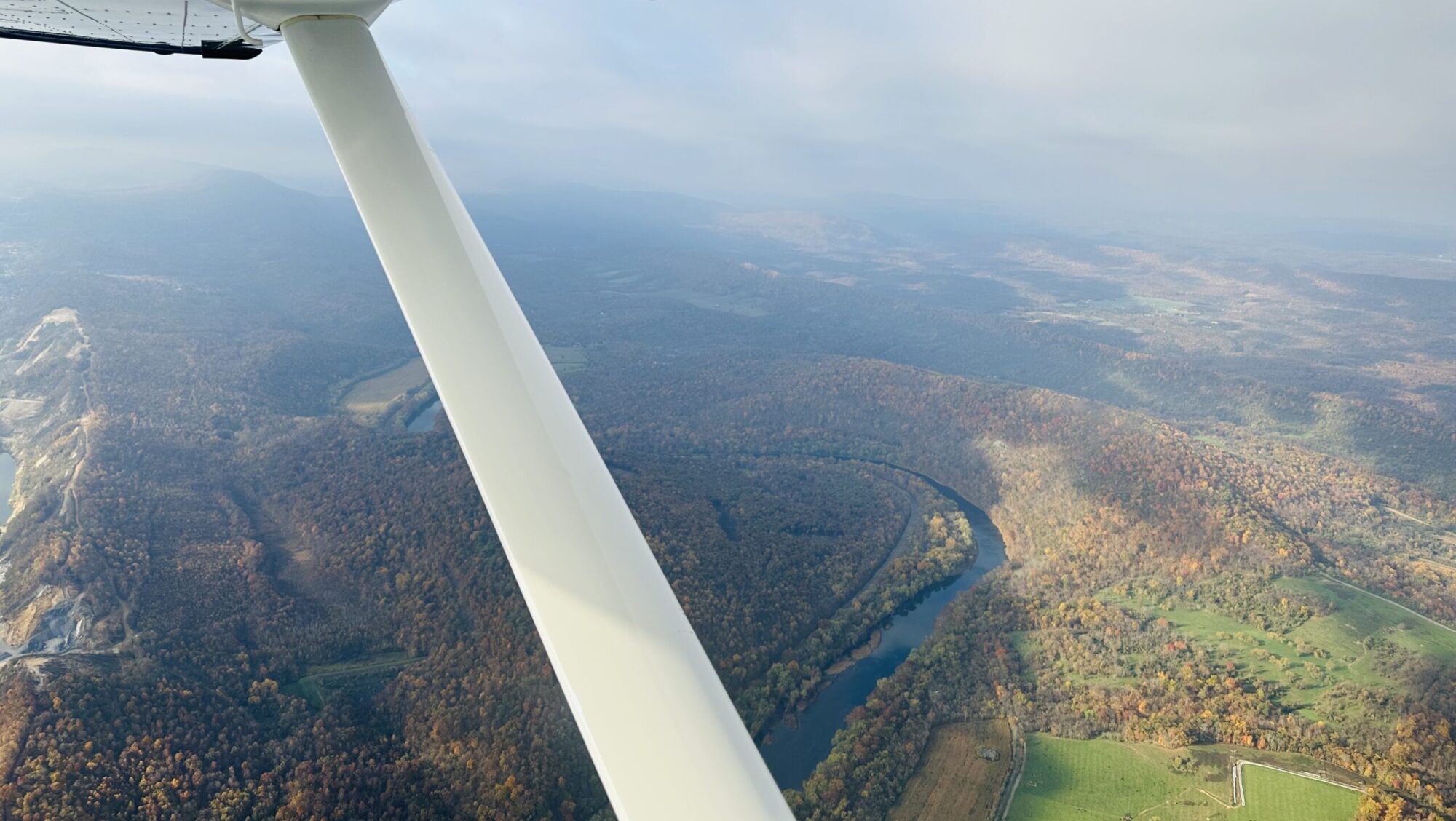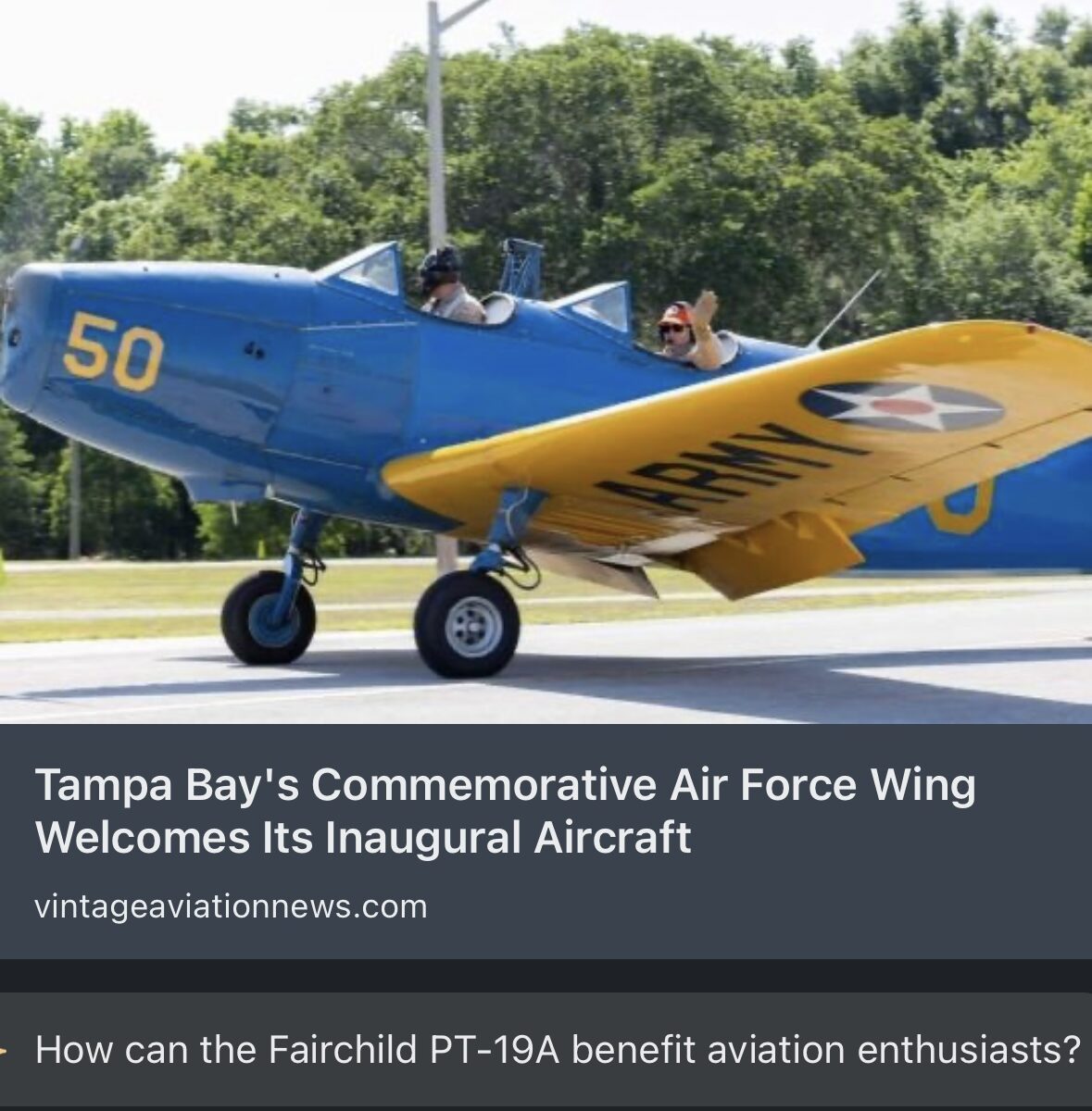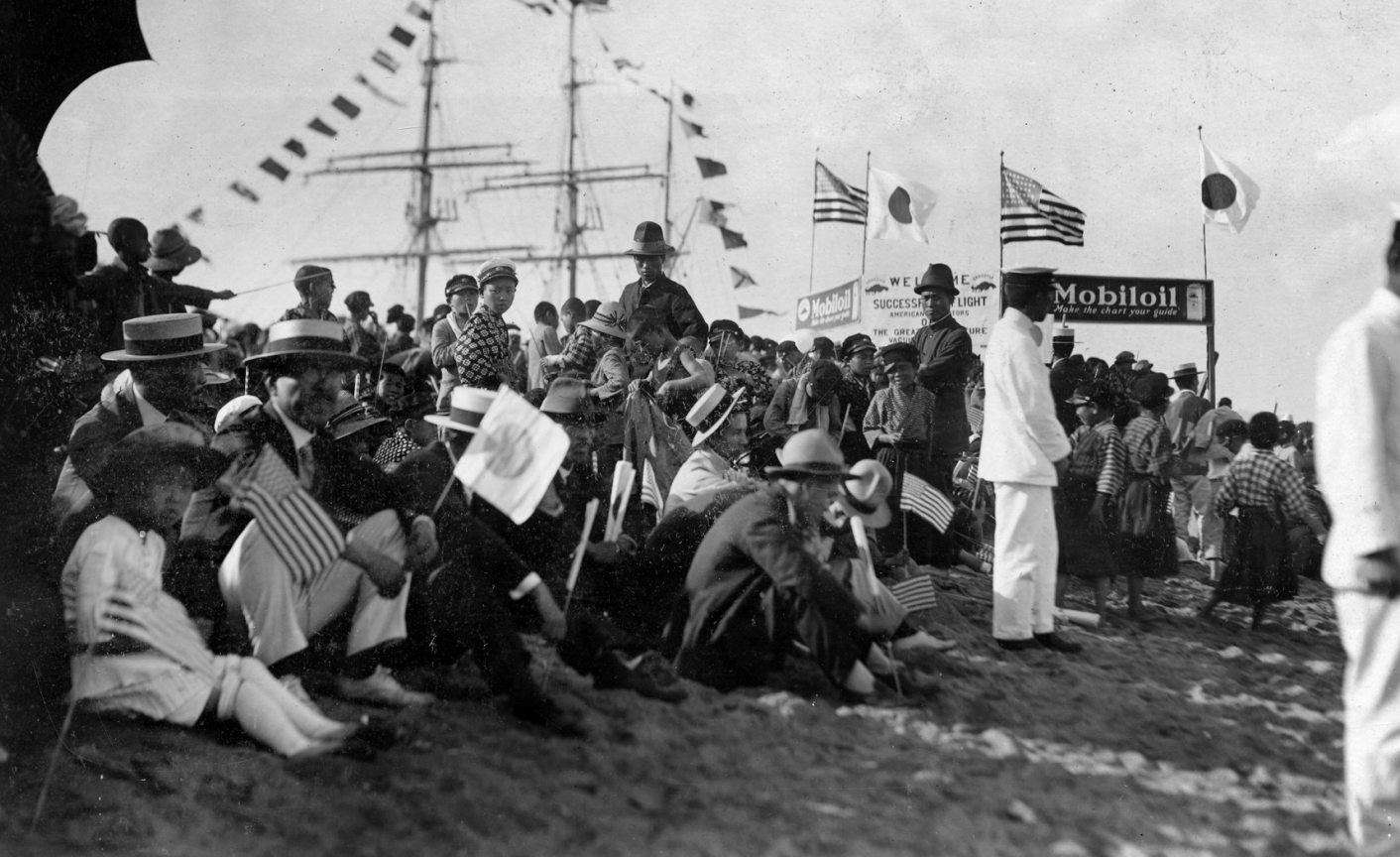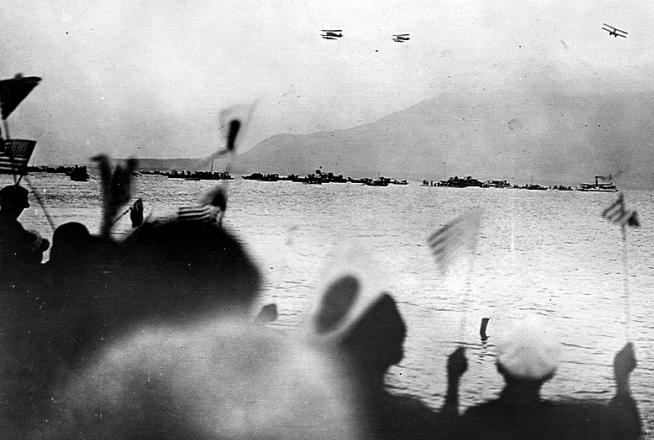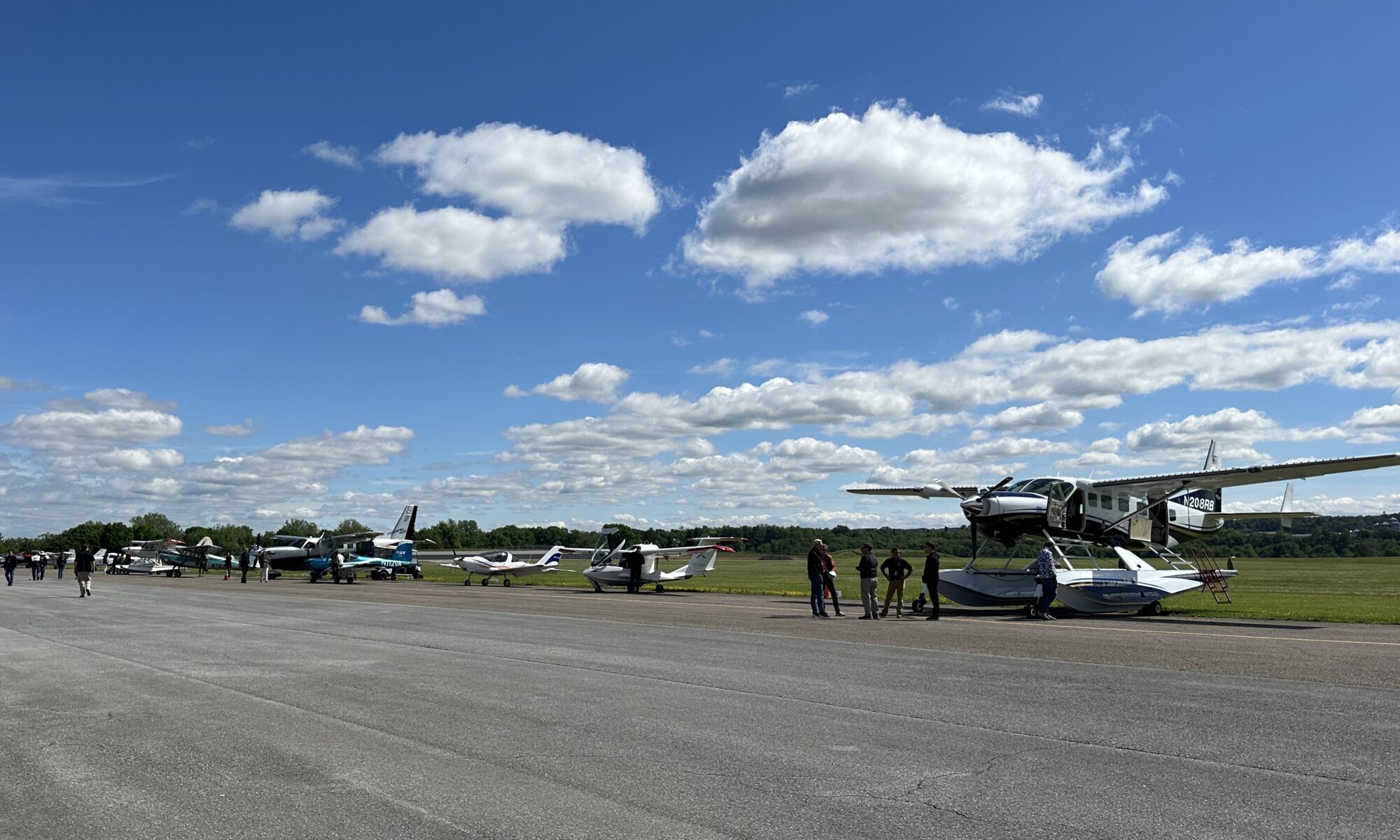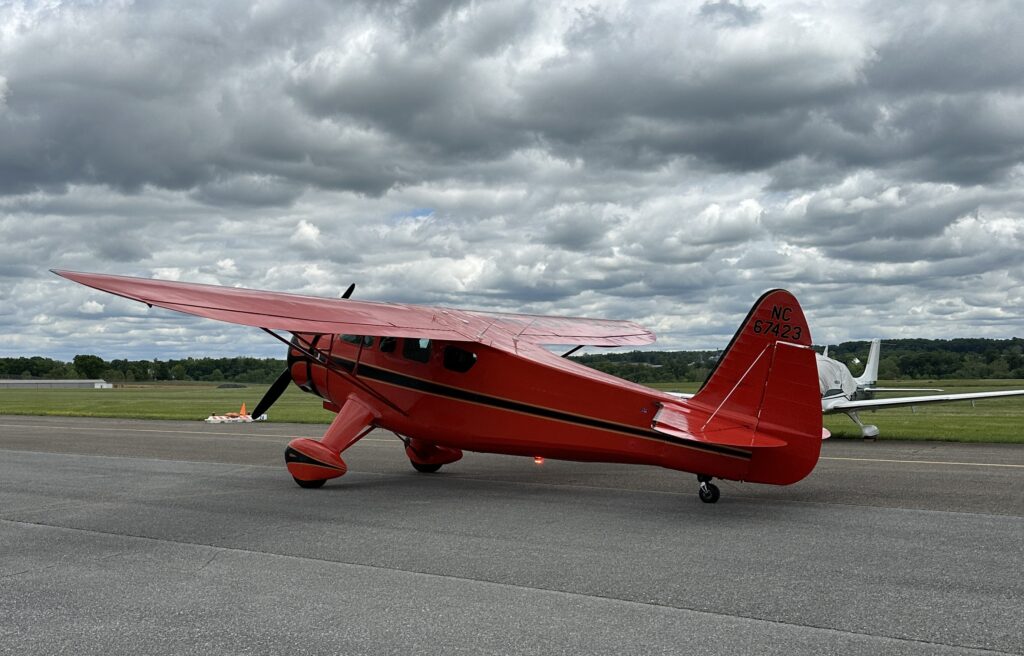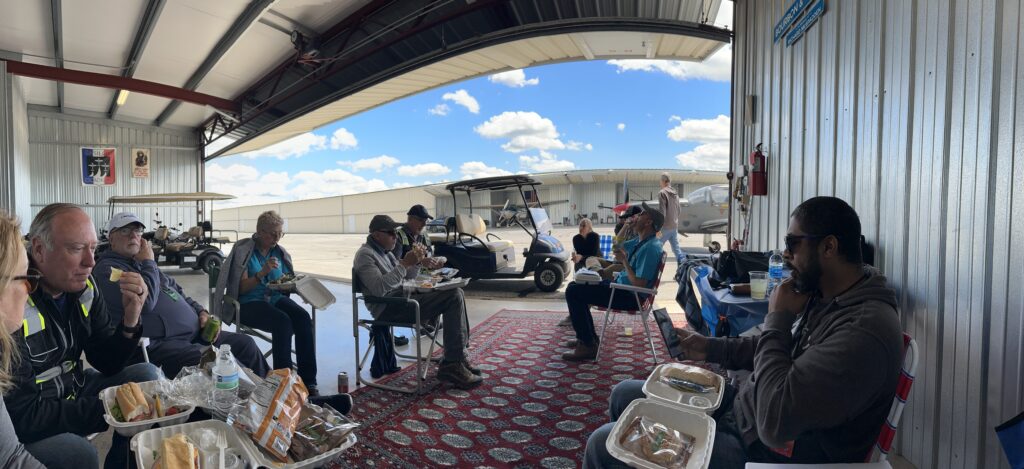When the flight of four Douglas World Cruisers set out on April 6, 1924, to head north towards Alaska, they knew not what fate lay ahead. They did know, however, that the flight plan unfolded over stunning yet challenging terrain—the long, jagged finger of British Columbia and what would become the 49th state, Alaska (still to come in 1959).
Following the trip from Lake Washington to Prince Rupert, BC, the four DWCs made progress in fits and starts, waiting on weather and keeping their crafts from foundering while moored in various storms. But they pressed on. Adding to his previous aeronautical woes, Major Martin suffered an engine failure in the Seattle that forced him down in Portage Bay, on the way. He and Sgt. Harvey were rescued by a Navy destroyer, the U.S.S. Hull, on April 17.
Martin had a new engine—delivered by the U.S.S. Algonquin—installed in his mount and the pair launched for Dutch Harbor, Unalaska, on April 19, where the rest of the crews had pressed on towards at his behest, after holing up for a few days at Chignik. The trio, the Chicago, the New Orleans, and the Boston, made it by April 20, and then spent two weeks waiting for their commander to arrive.
While there, they spent their days keeping their airplanes secure, making minor repairs, and resting up for the journey ahead.
On April 25, news arrived that Martin had made it to Chignik, hugging the shoreline to stay on course through the poor visibility. This lengthened their route considerably, but they made it over the course of one long day.
On April 27—after celebrating Easter on the 26th—the crews replaced the engine on the Boston, which entertained “a distinct knock” according to the diaries of Erik Nelson. All of the engines had suffered burns and cracks to their exhaust manifolds.
At 10 a.m. on April 30, Martin and Harvey departed Chignik for the final push to Dutch Harbor. Unfortunately, striving to make up lost time, they took local advice on “an excellent short cut,” according to Sky Master. “This short cut turned out to be like most short cuts. While Martin was trying to follow the directions he found himself surrounded by fog, tried to climb over it. He didn’t. The Seattle hit a one thousand foot precipice on a mountainside, was badly cracked up. Fortunately, Major Martin and Sergeant Harvey were unhurt.”
When Douglas heard of the missing airplane, he employed “some Navy choice cuss words,” Sky Master continued.
Martin and Harvey used the wrecked airplane as a shelter for two days and nights before starting out to effect their own rescue. They almost fell over another precipice and returned to the Seattle. After striking out again, they lost three days before coming upon a cabin—where they stayed, trapped by a blizzard, for several more days, through May 8. One last push, then, found them in Port Moller, where “surprised cannery people welcomed them,” said Sky Master.
The three remaining DWCs would press on, departing on May 3, while they still awaited the news of their commander and his maintenance officer.
